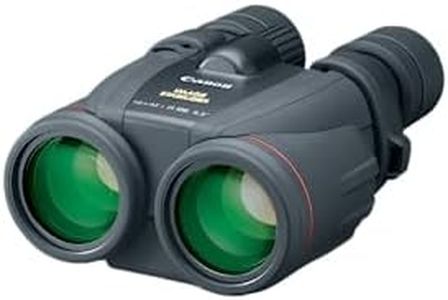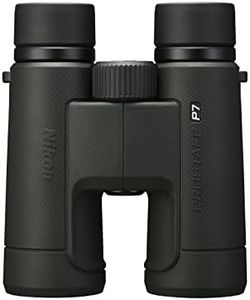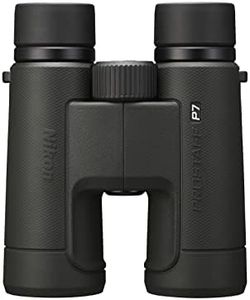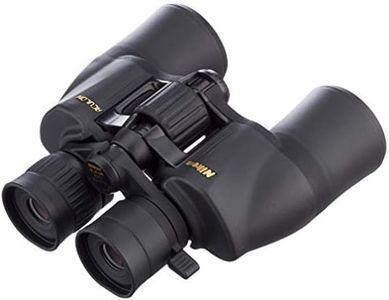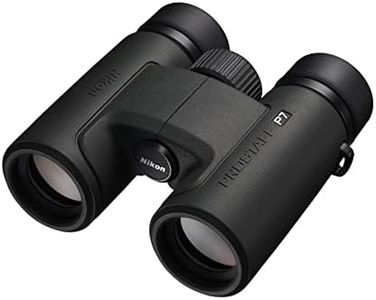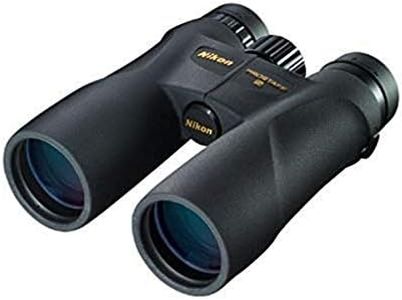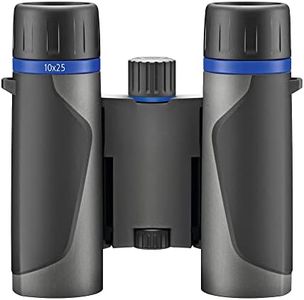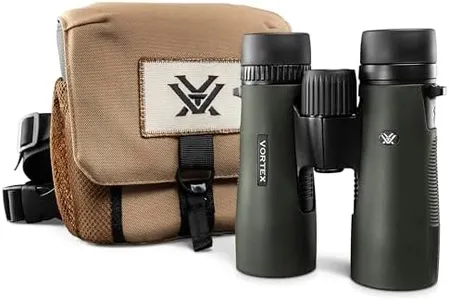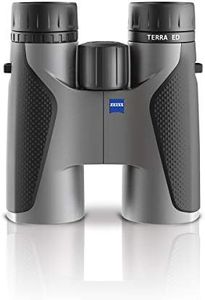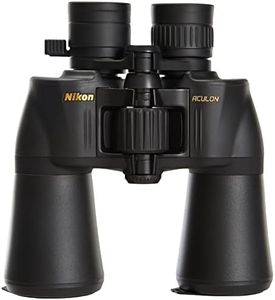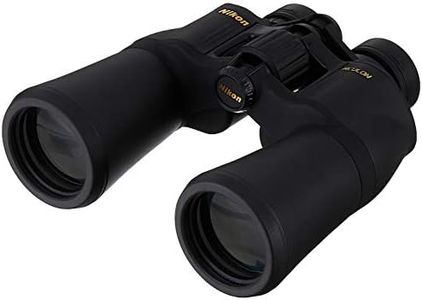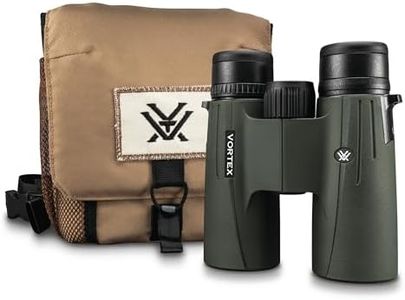We Use CookiesWe use cookies to enhance the security, performance,
functionality and for analytical and promotional activities. By continuing to browse this site you
are agreeing to our privacy policy
10 Best Backpacking Binoculars
From leading brands and best sellers available on the web.Buying Guide for the Best Backpacking Binoculars
When shopping for backpacking binoculars, your main goal is to find something that is lightweight, durable, and offers a clear, bright view of your surroundings. Binoculars can greatly enhance your experience in the outdoors by letting you admire distant landscapes, spot wildlife, or navigate trails. The right pair should feel comfortable around your neck or in your hands for long hours and be ready to handle rough outdoor conditions. Prioritizing portability and optical quality, while considering your personal activities and preferences, will help you find the best fit.Magnification and Objective Lens DiameterThis specification is written as two numbers separated by an 'x', like 8x25. The first number is the magnification, which tells you how much closer objects will appear. The second number is the diameter of the front lens in millimeters, which affects how much light the binoculars gather. For backpacking, a magnification of 8x or 10x offers a good balance between seeing detail and maintaining a steady view, since higher magnification makes it harder to hold the image still. Objective lens diameters like 25mm or 32mm keep the binoculars light; larger lenses gather more light for better low-light viewing, but are heavier. Think of where and when you'll use the binoculars: for bright, open areas and light travel, go for smaller lens sizes; if you’ll be out at dawn or dusk, a slightly larger lens may help.
Size and WeightSince you'll be carrying everything on your back, the size and weight of your binoculars matter a lot. Compact binoculars are smaller and lighter, making them easier to carry, but may sacrifice some brightness and comfort if used for long periods. Mid-size binoculars are a bit heavier, but can offer a more comfortable grip and brighter images. Consider what matters more to you: absolute minimum weight or a bit more comfort and steadiness. Shorter day hikes and lightweight travel usually call for compact models; if you're birdwatching or spending hours behind the lenses, a slightly heavier pair might be worth it.
Field of ViewField of view refers to the width of the area you can see through your binoculars, typically measured in feet at 1000 yards or meters at 1000 meters. A wider field of view lets you see more of the landscape at once, which is helpful for tracking moving animals or scanning large areas. If you plan to use the binoculars mainly for wildlife spotting or general scenery, a wide field of view is a plus. If your main interest is identifying distant details, a narrower field is acceptable.
Waterproofing and DurabilityOutdoor adventures can be unpredictable, so it’s wise to look for binoculars that are waterproof, fog-proof, and built with rugged materials. Waterproof binoculars can handle rain and accidental dips in water, while fog-proofing prevents internal lenses from clouding up during temperature changes. Rubber coatings and sturdy construction protect against drops and bumps. If you backpack in all weather conditions or rough terrain, prioritize these features to ensure your binoculars last longer.
Eye ReliefEye relief is the distance you can hold the binoculars away from your eyes and still see the full image. This is especially important for people who wear glasses. Models with longer eye relief are more comfortable for glasses wearers. If you don’t wear glasses, this may not be a priority, but if you do, look for binoculars that list 15mm or more of eye relief.
Ease of Use and Focus MechanismThe focus system should be smooth and easy to adjust, even with one hand or gloves on. Some binoculars offer a single, central focus knob, while others add diopter adjustment for fine-tuning. Quick and easy focusing is especially useful when spotting moving animals or birds. Consider how natural the controls feel in your hands and how easily you can adjust focus while on the go.
